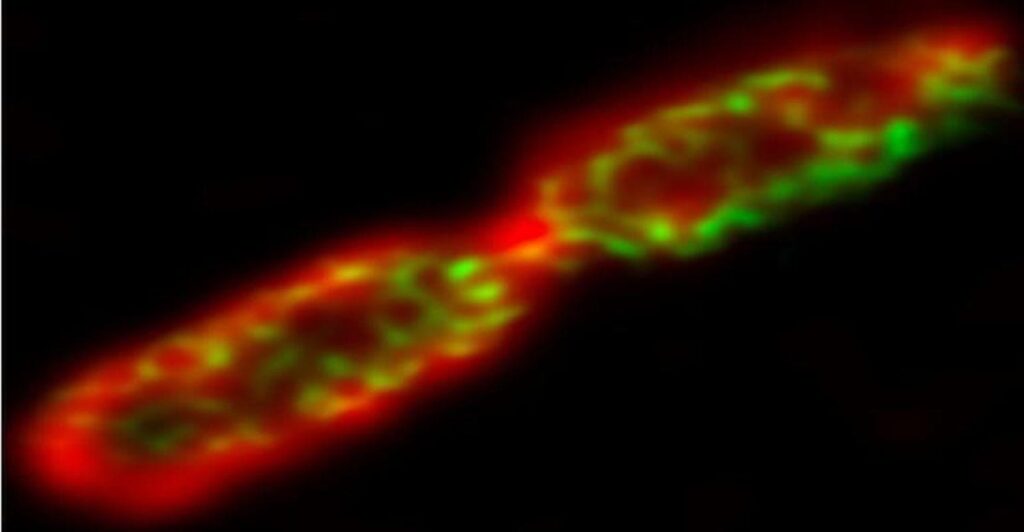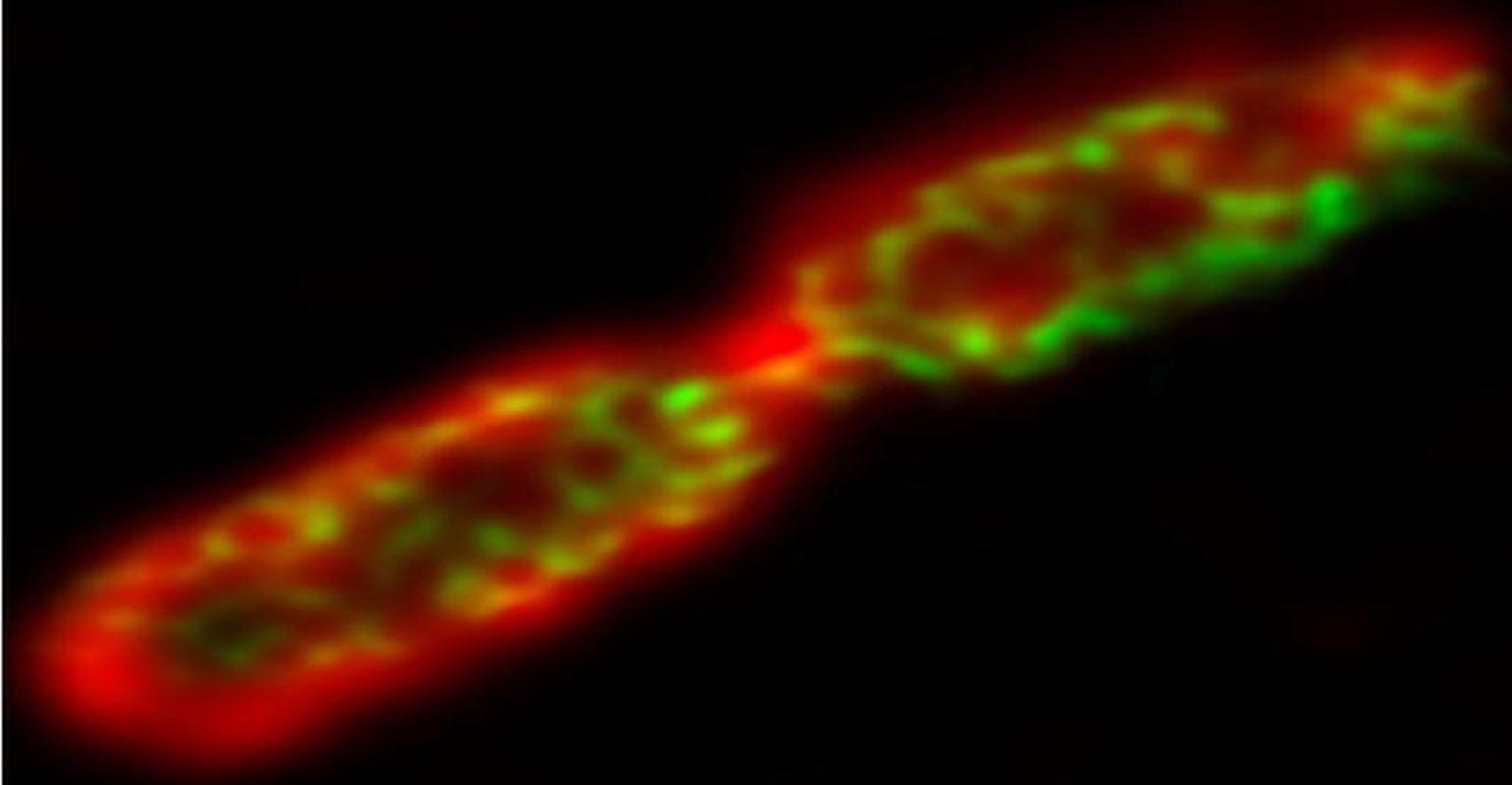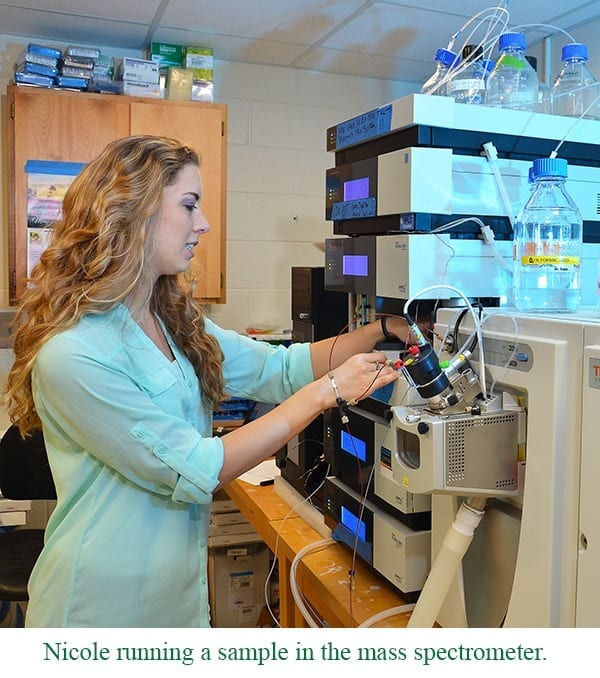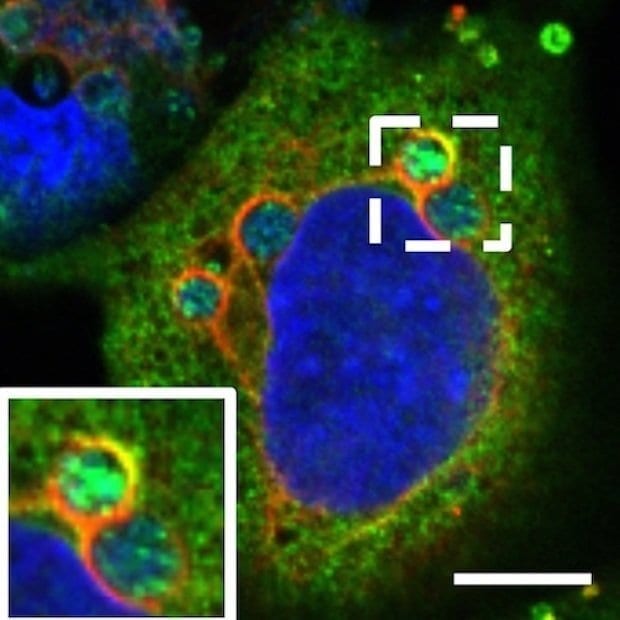-

via Infection Control Today A new compound developed by University of Sheffield experts has killed antibiotic-resistant gram-negative bacteria, including E. coli, during tests
- New treatments for gram-negative bacteria are vital as they are rapidly becoming immune to current drugs
- Antimicrobial resistance is already responsible for 25,000 deaths in the EU each year
- The research could pave the way for new treatment of life-threatening superbugs
A new compound which visualises and kills antibiotic-resistant superbugs has been discovered by scientists at the University of Sheffield and the Science and Technology Facilities Council (STFC).
The team, led by Professor Jim Thomas, from the University of Sheffield’s Department of Chemistry, is testing new compounds developed by his PhD student Kirsty Smitten on antibiotic resistant gram-negative bacteria, including pathogenic E. coli.
Gram-negative bacteria strains can cause infections including pneumonia, urinary tract infections and bloodstream infections. They are difficult to treat as the cell wall of the bacteria prevents drugs from getting into the microbe.
Antimicrobial resistance is already responsible for 25,000 deaths in the EU each year, and unless this rapidly emerging threat is addressed, it’s estimated by 2050 more than 10 million people could die every year due to antibiotic resistant infections.
Doctors have not had a new treatment for gram-negative bacteria in the last 50 years, and no potential drugs have entered clinical trials since 2010.
The new drug compound has a range of exciting opportunities. As Professor Jim Thomas explains: “As the compound is luminescent it glows when exposed to light. This means the uptake and effect on bacteria can be followed by the advanced microscope techniques available at STFC’s Central Laser Facility (CLF).
“This breakthrough could lead to vital new treatments to life-threatening superbugs and the growing risk posed by antimicrobial resistance.”
The studies at Sheffield and CLF have shown the compound seems to have several modes of action, making it more difficult for resistance to emerge in the bacteria. The next step of the research will be to test it against other multi-resistant bacteria.
In a recent report on antimicrobial resistant pathogens, the World Health Organisation put several gram-negative bacteria at the top of its list, stating that new treatments for these bacteria were ‘Priority 1 Critical’ because they cause infections with high death rates, are rapidly becoming resistant to all present treatments and are often picked up in hospitals.
Learn more: New compound which kills antibiotic-resistant superbugs discovered
The Latest on: Antibiotic-resistant superbugs
[google_news title=”” keyword=”antibiotic-resistant superbugs” num_posts=”10″ blurb_length=”0″ show_thumb=”left”]
via Google News
The Latest on: Antibiotic-resistant superbugs
- Hospital toilets are contaminated with drug resistant 'superbugs'on May 1, 2024 at 9:37 am
New study finds high microbial contamination in UK hospital toilets, highlighting need for better cleaning and design changes.
- Alarming superbug from deadly eyedrop outbreak has spread to dogson May 1, 2024 at 6:07 am
Two separately owned dogs in New Jersey tested positive last year for a dreaded, extensively drug resistant bacterial strain spread in the US by contaminated artificial eye drops manufactured in India ...
- Study reveals genetic divergence and drug resistance mechanisms in two critical superbugson April 30, 2024 at 12:01 pm
Infectious diseases caused by pathogenic strains of bacteria are a global cause of morbidity and mortality. Hospital-acquired infections caused by Klebsiella pneumonia and Pseudomonas aeruginosa were ...
- Could Our Deep Cleaning Habits Be Contributing To Superbugs?on April 29, 2024 at 5:20 pm
Superbugs are strains of bacteria which are resistant to common antibiotics and they are responsible for about 5,000 deaths each year.
- Pathogens including multi-drug resistant superbugs found on floors, ceilings and door handles of UK hospital toiletson April 29, 2024 at 3:10 pm
Pathogenic bacteria and fungi, including multi-drug resistant "superbugs" have been found on the floors, ceilings, door handles and other surfaces of hospital toilets in the UK, with patient toilets ...
- Men Are Aiding Hospital 'Superbugs' by Leaving Toilets Dirtyon April 29, 2024 at 3:01 pm
Hospital toilets are some of the most contaminated spots in the whole building, with unisex bathrooms potentially being home to superbugs. Harmful bacteria and fungi, along with multi-drug resistant ...
- Explained | What is antimicrobial resistance?on April 29, 2024 at 11:45 am
New evidence from the World Health Organisation (WHO) shows the extensive overuse of antibiotics during COVID-19 pandemic worldwide, which may have exacerbated the silent spread of antimicrobial ...
- Climate change risks fuelling antibiotic-resistant ‘superbugs’on April 28, 2024 at 5:00 pm
Simply sign up to the Climate change myFT Digest -- delivered directly to your inbox. Antibiotic-resistant “superbugs” are among the greatest public health threats of our age — and researchers fear ...
- Cats And Dogs Can Spread Antibiotic Resistant Superbugs To Ownerson April 27, 2024 at 10:55 am
Transfer of bacteria between sick pets and their humans may be contributing to antibiotic resistance, according to new research.
- Breakthrough Vaccine Shows High Protection Against Drug-Resistant Superbug in Miceon April 26, 2024 at 4:03 pm
Scientists have developed a vaccine against a notorious drug-resistant superbug, targeting molecules on its surface that are also found on other bacteria and fungi.
via Bing News











